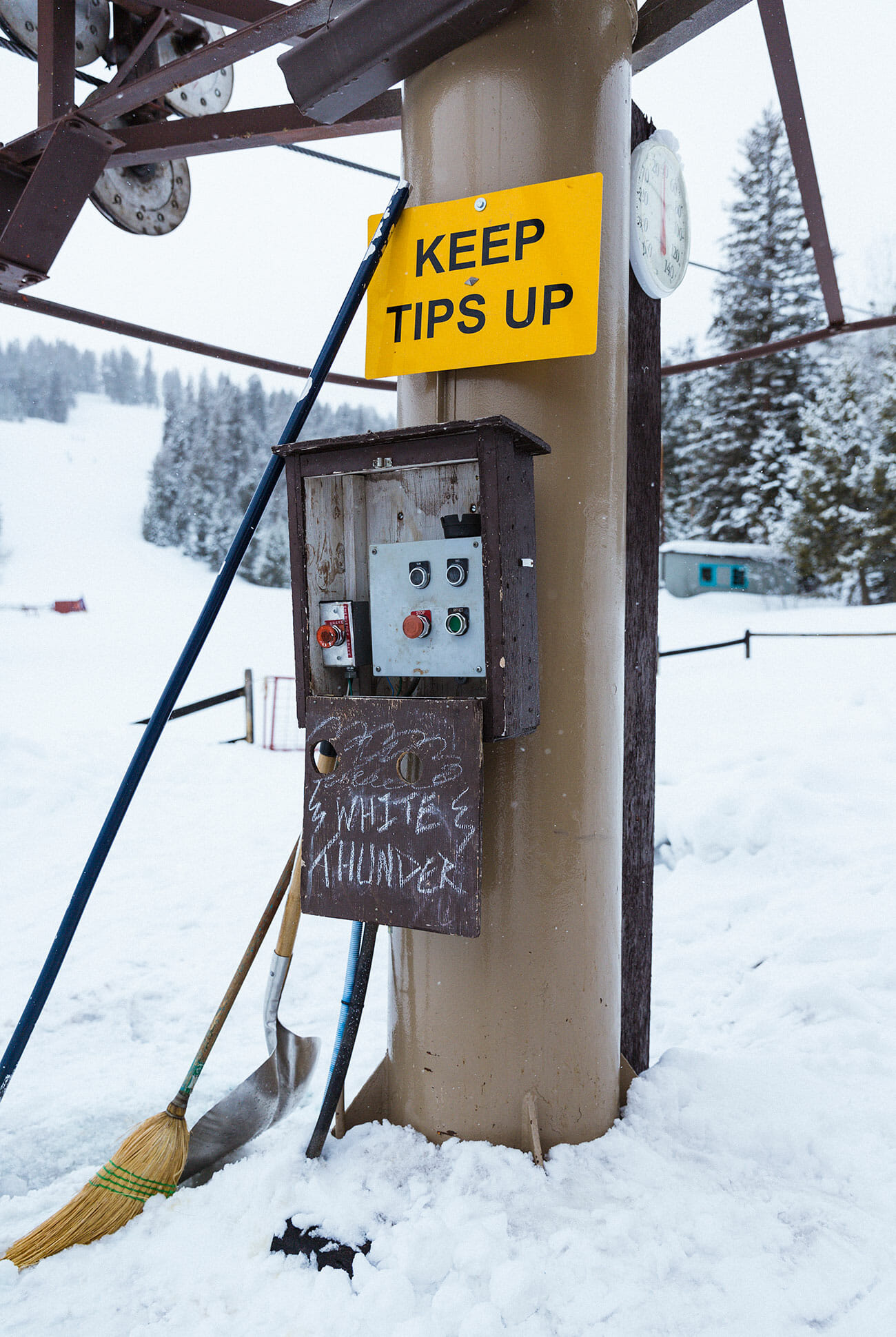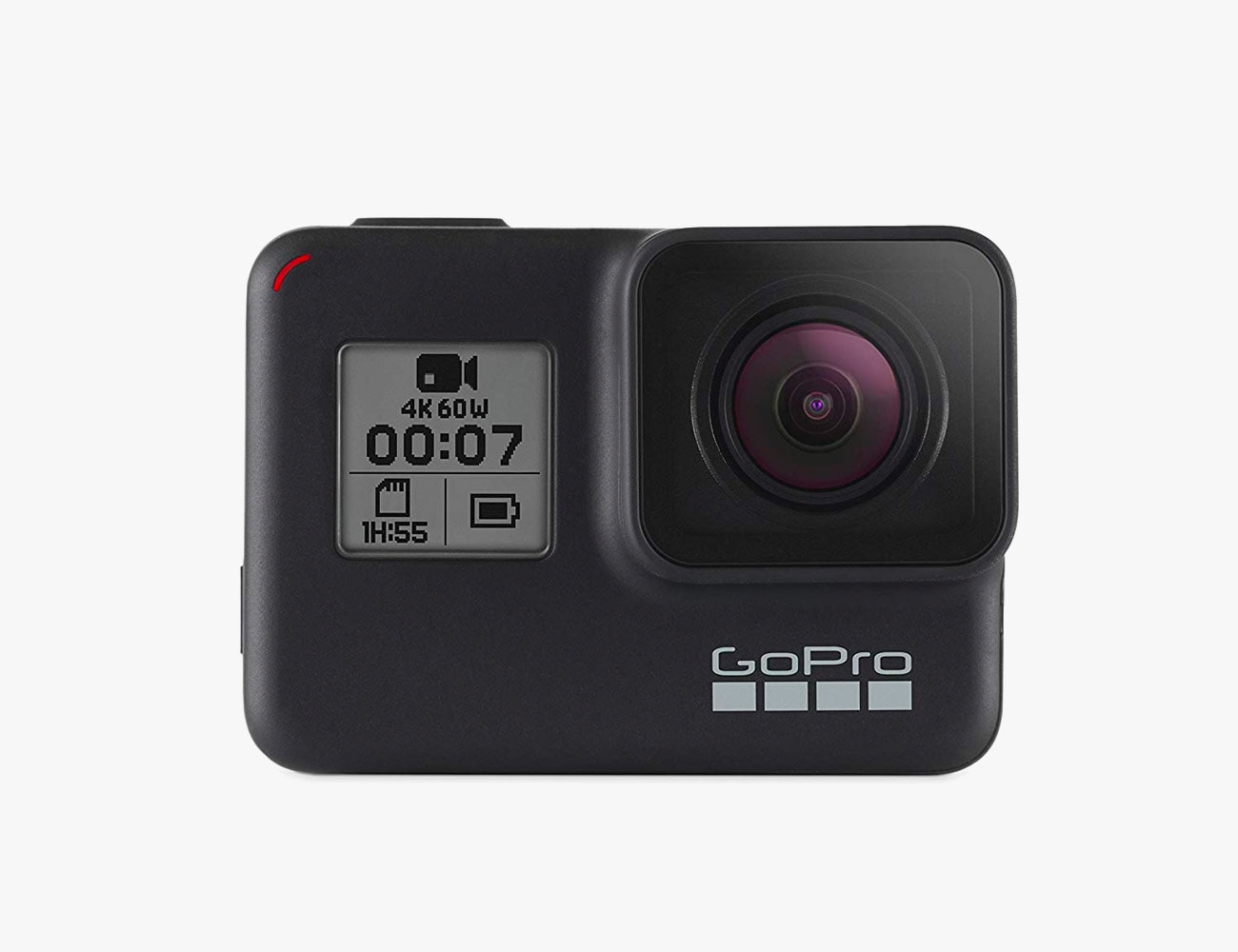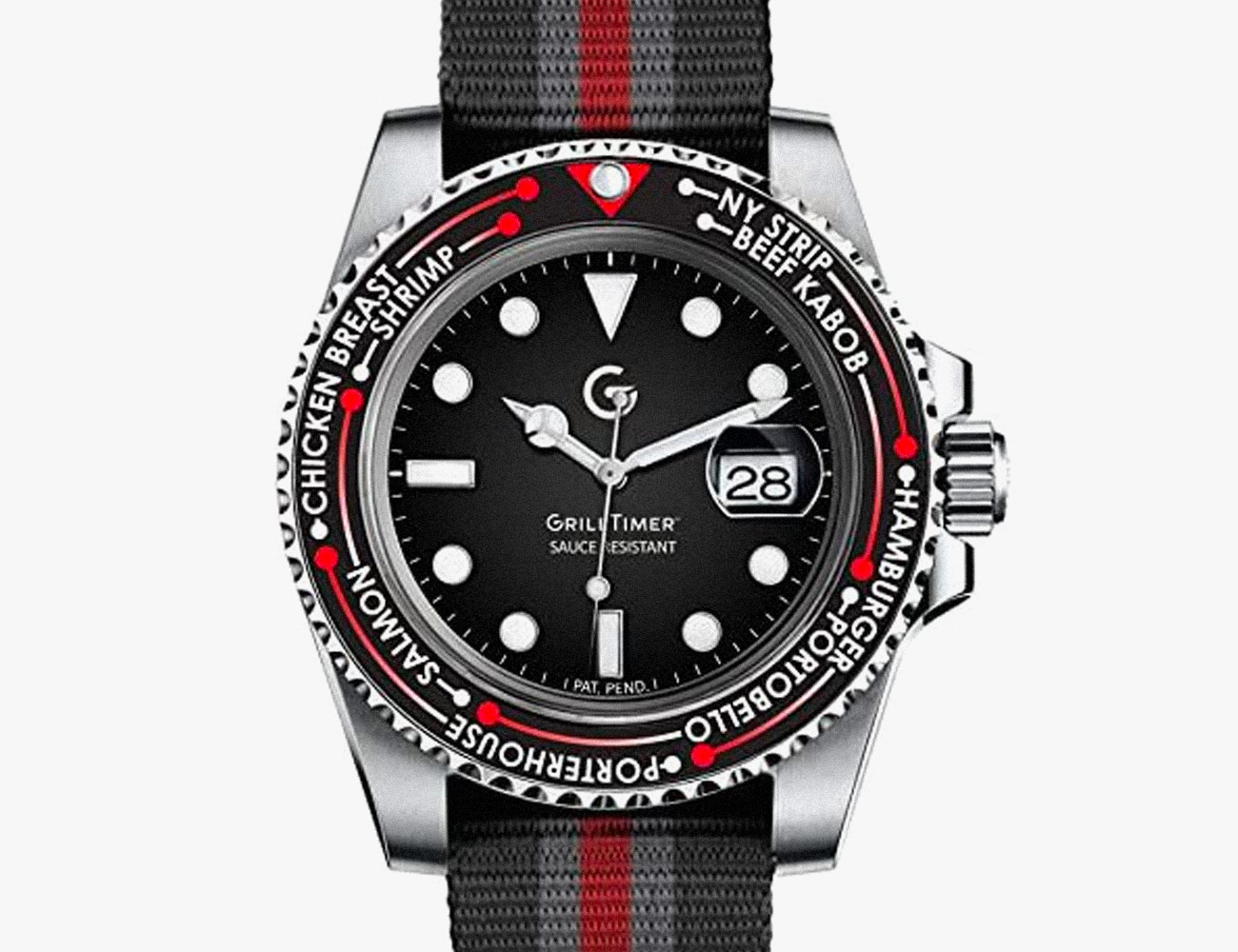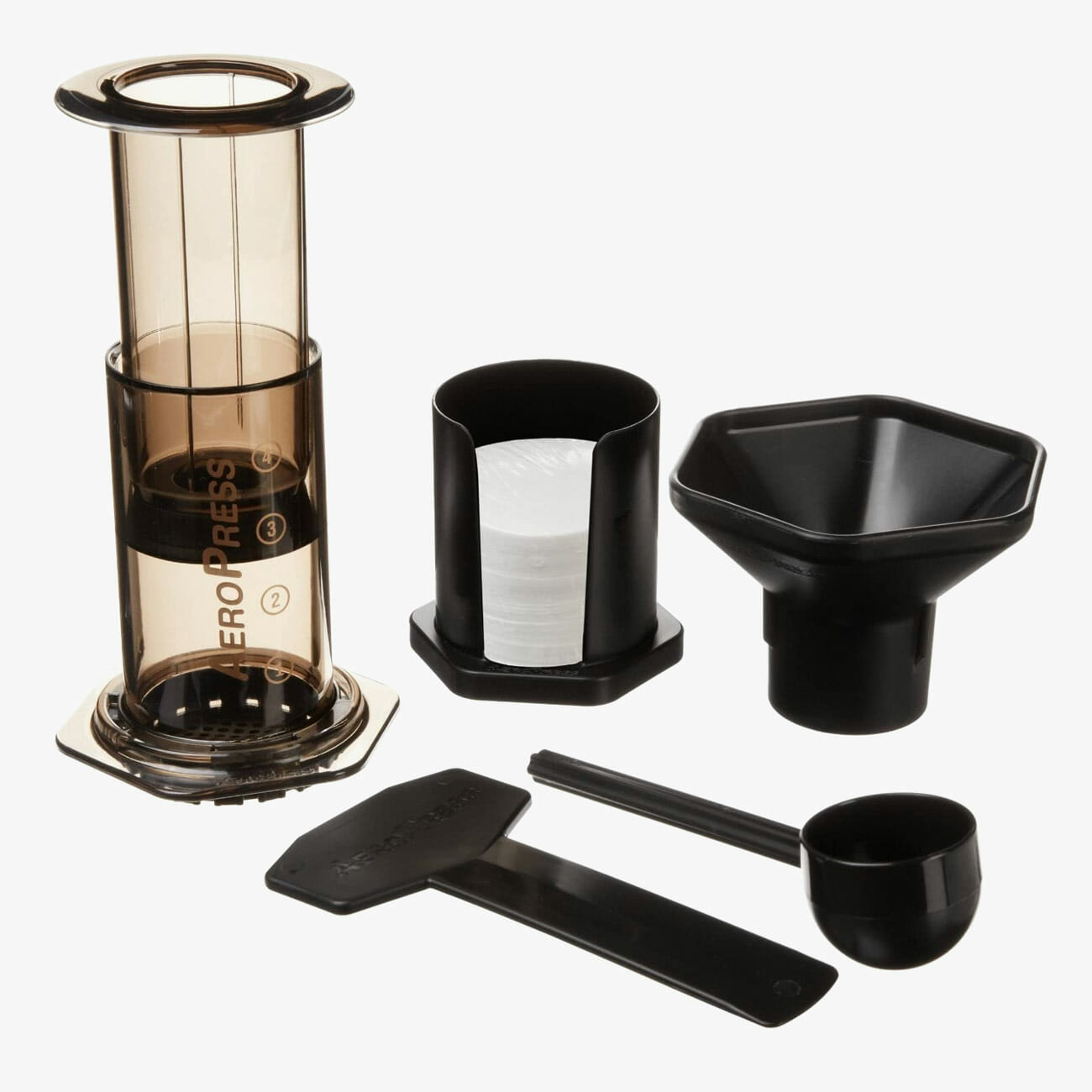We all have our heroes. In the late 80s though, skier and filmmaker Greg Stump, disillusioned with the state of skiing in North America, was bereft of any idol to speak of. So he committed to creating his own, and in 1988 released the film “The Blizzard of Aahhh’s,” a “rockumentary style” encapsulation of extreme skiing that has become the quintessential ski film. Featuring a location list that spanned the globe and a soundtrack that featured popular music (Frankie Goes to Hollywood, Act, among others), the movie created the template for ski documentaries for the following decades.
Contemporary ski films may remain faithful to the underlying spirit that Stump sought, but it becomes clear in the first five minutes of “Aahhh’s” that a lot has changed. Not just the retro blocked neons that colored the kits those skiers were wearing — these have recently returned as a trend in outerwear — but the skis themselves, and the way in which skiers ride them.
Back then, skis were long, straight and narrow. People skied them with feet close together, hopping to transition from one turn to another. That all changed in the nineties when ski manufacturers began to experiment with sidecut, the gentle arc produced when a ski is narrower at the waist than it is in the tip and tail. The design’s goal was to make skiing easier, faster and more controlled. The Slovenian company Elan was among the first to find success selling shaped skis, particularly after its flagship SCX, or “Sidecut Extreme,” began appearing on race podiums and even more so when it was seeded to ski instructors who saw immediate results with beginner and intermediate students.
Today, ski making isn’t as firmly entrenched in design norms — skis of every shape and length exist, as do styles of maneuvering them. It’s enough where those who learned on those older models might have to adapt how they ski to control the latest set of boards. “The skis used to be straight and skinny and to get enough surface area underneath you, putting your skis together underneath you was a way to make that happen,” says Jessica Baker, a former World Tour Freeskiing champion and an active PSIA Level III ski instructor (the highest certification an instructor can attain). “Now what we’ve got is fatter skis, we’ve got shaped skis; they’re way easier to ski. You don’t have to be so abrupt in your moves, you can get a lot more subtle, and you can be more athletically positioned in your stance. [Skiing is] way more efficient because the gear has changed.”

Baker admits that adapting to contemporary ski designs is more of a generational issue — many of her clients have grown up on skis as we know them today — but that doesn’t make the rest of us overqualified for a lesson; there are still benefits to be gained, even for those of us who consider ourselves experts.
“What people maybe don’t understand that have never had a good lesson before is that just a few little changes and a couple of little shifts in their skiing can completely change what they can do,” Baker says. “Even if you’re a good skier, a really good instructor can refine your technique that much more. And not only your technique but your tactics also; for example how you approach really technical skiing.”
Bad habits can be hard to recognize because they feel comfortable, and that makes them hard to break without a second opinion. One of the most common issues that Baker sees is skiers who think they’re in a forward, athletic stance over their skis but are actually more toward the middle or back of the ski, which reduces power and control. Another is skiers who have little or no experience skiing powder and try to manage their skis in the same way they would on clean, groomed slopes. In many cases, a fix that’s fairly simple can make a significant difference and produce meaningful results.
The types of skis, terrain and conditions are innumerable. What an instructor offers is a set of techniques that can be combined as tools to create an equal number of approaches to any given slope, and that’s where style comes from. “I’m trying to completely change somebody because style is style. But at the same time, you want to be strong and functional and efficient, and that’s really what I try to bring into the mix,” Baker says.
From there, the rest is up to the skier. As Baker puts it, “An instructor can give you really valuable knowledge, but then it is your job to go out and practice.”
Cameras don’t come much more powerful, compact and rugged than the ones GoPro has pioneered. The latest offering, the HERO7 Black, is GoPro’s most advanced camera yet. The development of HyperSmooth technology means the end of shaky footage. That’s a pivotal evolution — especially with Voice Control making it even easier to film hands-free. Add in the signature waterproofness and durability and it’s easy to see why the HERO7 Black is the optimal camera for any on-the-go activity. Learn more here.





